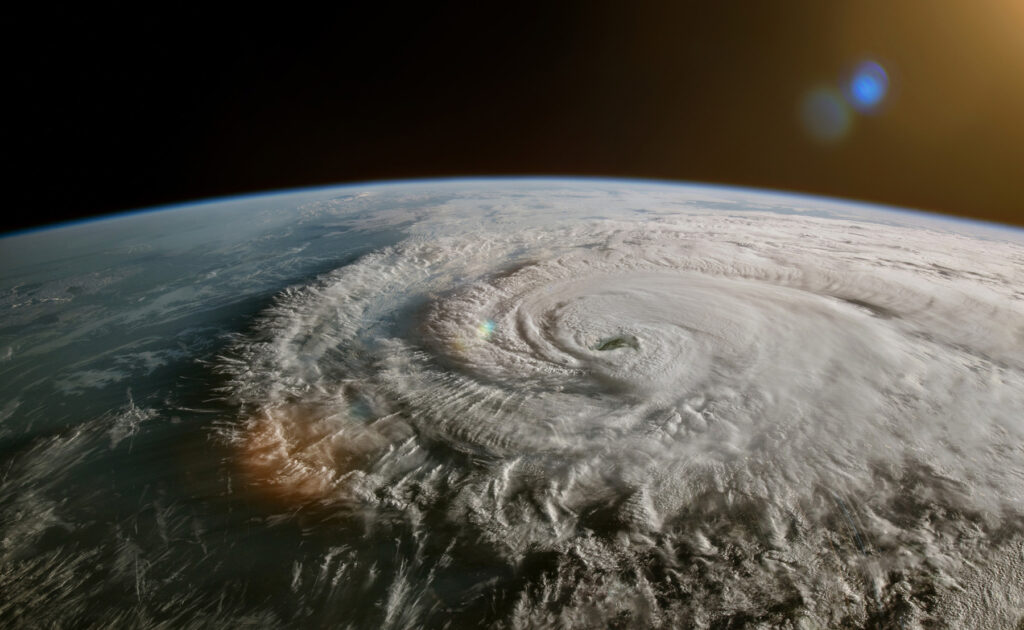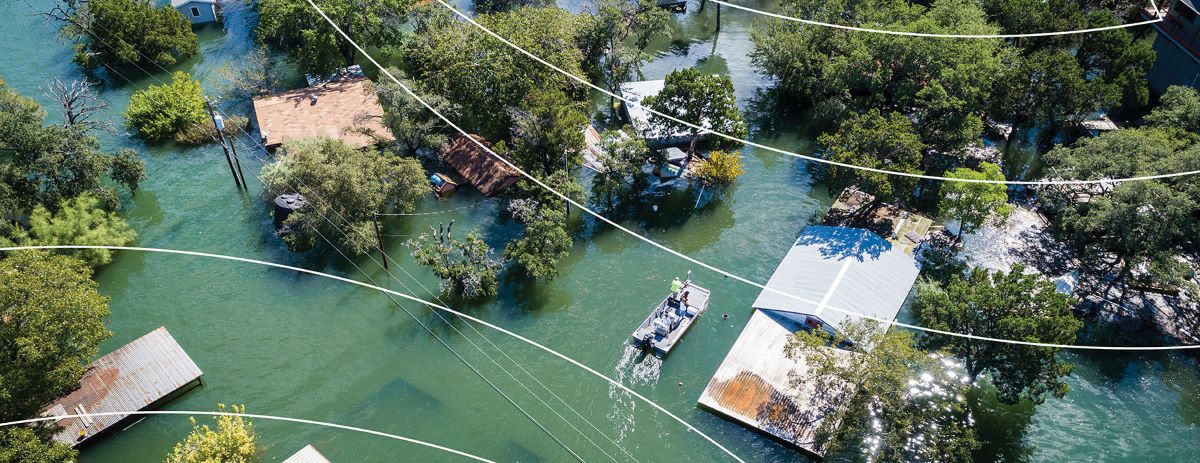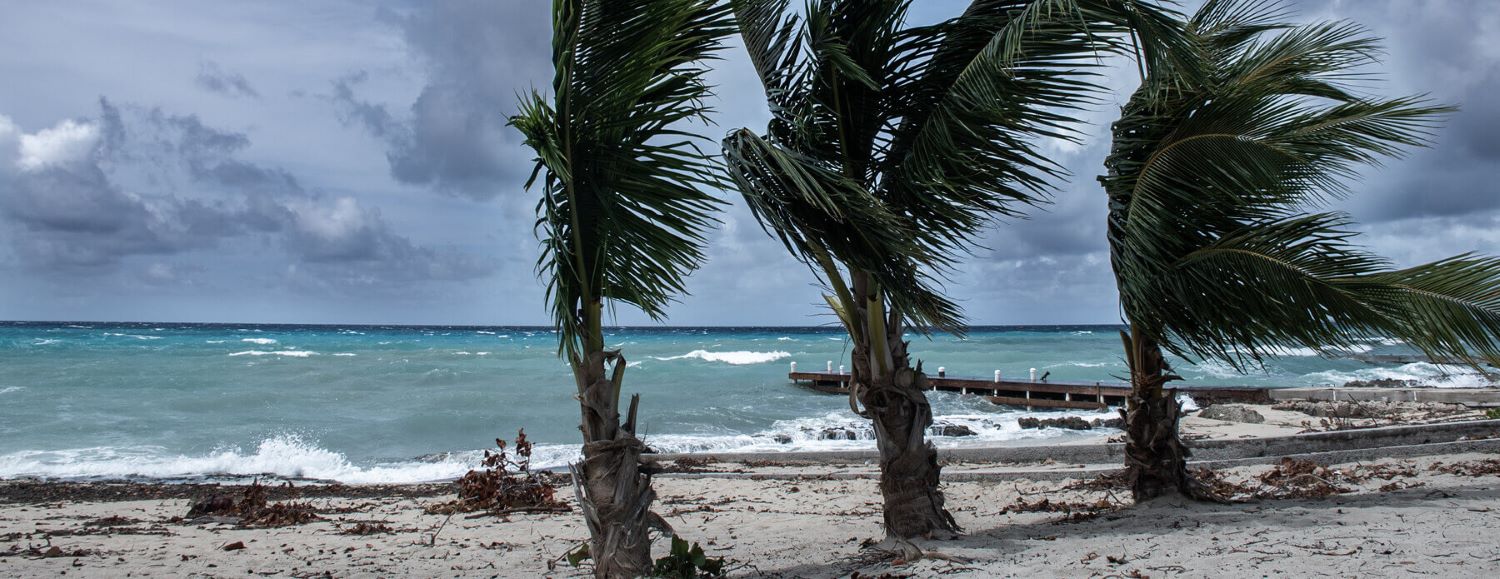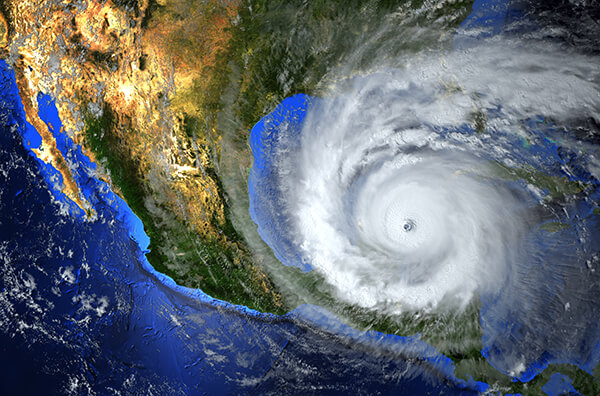Super Typhoon Mawar hit the U.S. Territory of Guam as a powerful Category 4 storm Wednesday, May 24th. Mawar is expected to be a “triple threat” of torrential rains, life-threatening storm surge, and Category 4 hurricane-force winds, according to Guam’s Homeland Security department.
Guam Gov. Lou Leon Guerrero signed an executive order mandating evacuations of low-lying areas and mobilizing the national guard to assist in getting people to shelters. In a letter to Biden, Guerrero warned that the typhoon is expected to cause “substantial destruction to our island.” President Joe Biden quickly reacted and has already signed an emergency declaration to mobilize resources.
The weather service warned of an extremely dangerous and life-threatening situation in Guam and said people should take cover and remain in shelter for the next few hours. “This is going to be kind of a long night. It’s going to be scary because there’s no electricity unless you have a generator,” said Brandon Aydlett, Science and Operations Officer for the Guam weather service. “Stay sheltered and to get as much sleep as possible ahead of a long day tomorrow as we start the recovery process.”
This is the strongest storm to threaten the islands in more than two decades. Catastrophic damage is expected from up to a 25-foot storm surge and high winds. The weather service is estimating that up to 70% of the island’s foliage could be stripped away due to high winds and that water and electricity may not be available for days and potentially weeks after the storm.
The storm has already knocked out power to tens of thousands. The island-wide power system was providing energy to only 1,000 of its 52,000 customers, according to Guam Power Authority Wednesday afternoon local time.
Preparedness for a typhoon extends until after the storm. You must watch for any risks or dangers even when the worst is over. According to the American Red Cross, it’s crucial to be self-reliant during the first three days following a disaster. This is when water, electricity, and communication lines are usually non-existent.
Below are a few tips from the Red Cross on what to do after a typhoon:
- Leave the evacuation area only when the authorities declare that it’s safe to return home.
- If the typhoon ruined your home, check if it’s safe and stable before entering.
- Watch out for live wires or outlets submerged in water.
- Don’t plug in and use appliances and other electrical devices that have been flooded.
- Remove accumulated water from containers, cans, tires, and pots to keep mosquitos from breeding.
- Report any damaged electric posts and cables to the authorities.
- Inspect your vehicle for any damage caused by flooding.
- Keep monitoring the news for any new typhoon in Guam.
Please remember to take all necessary precautions and follow official instructions from local authorities to stay safe. Our team at Tidal Basin extends our care and concern, and we stand ready to support communities that may be affected by this storm.



